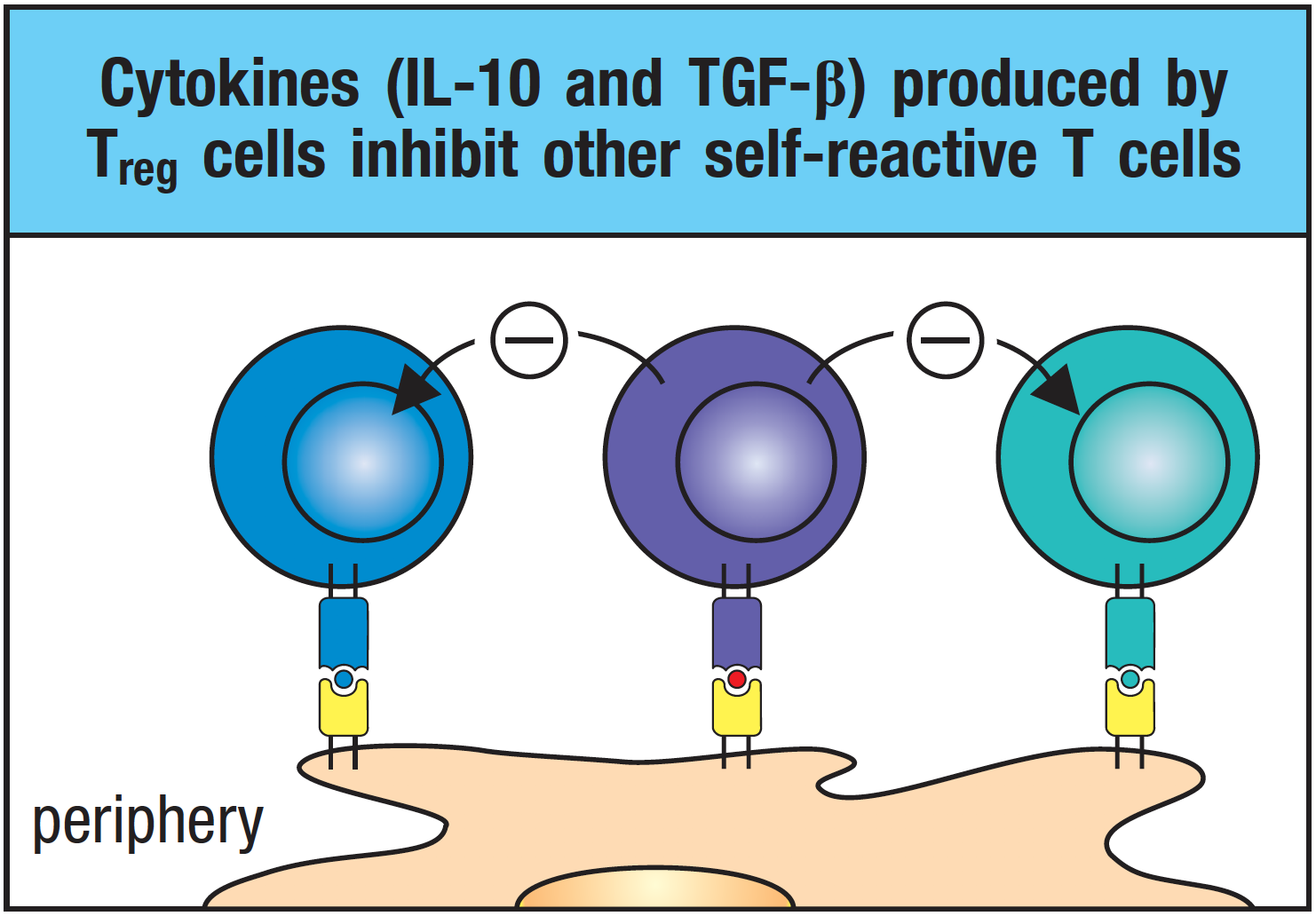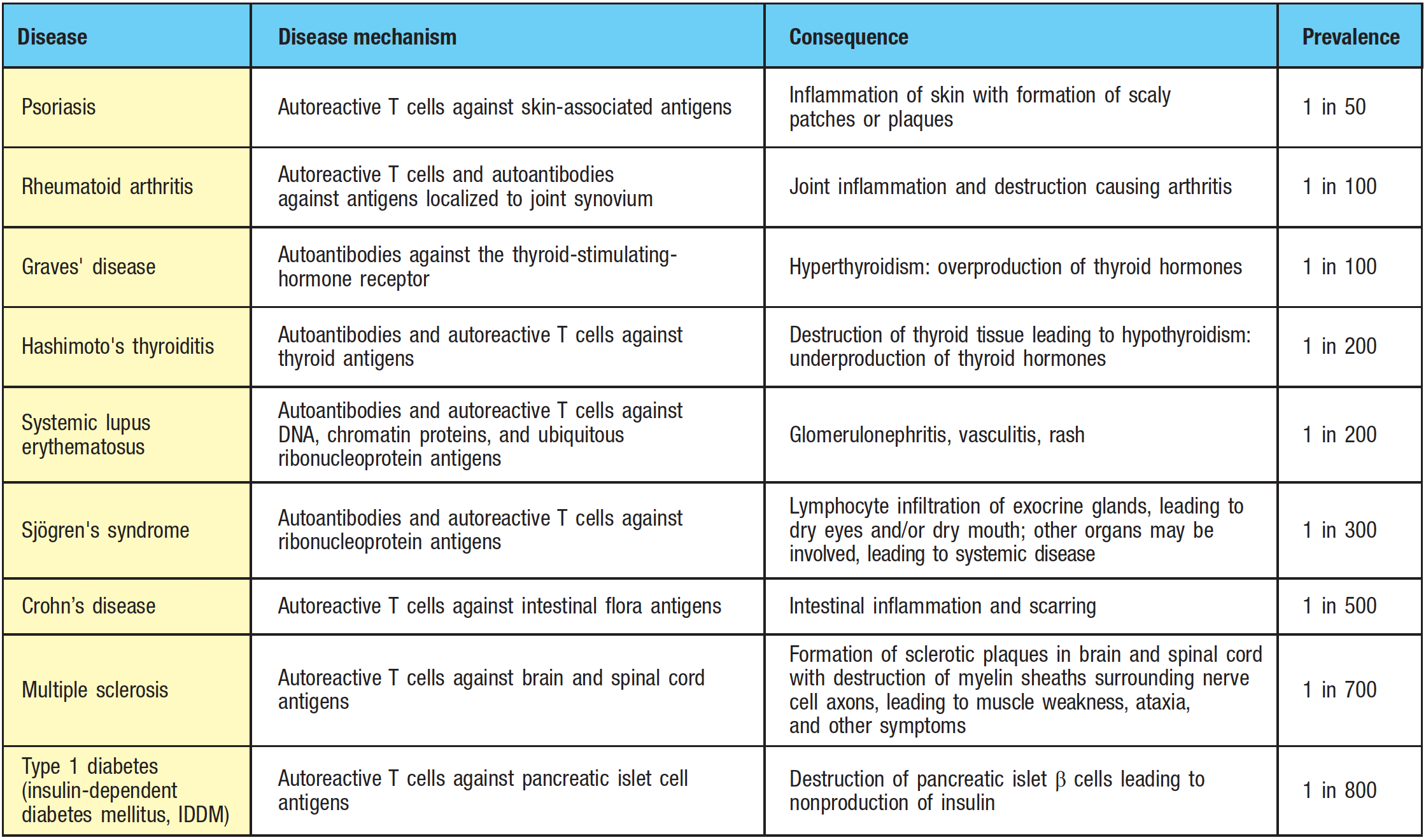26 3.8 What have we learned?
An overall positive effect of the HV/LP diet was demonstrated by the lower relapse rates and lower EDSS scores in the HV/LP group as compared to the WD group.
Patients in the HV/LP diet group had significantly higher abundance of the Lachnospiraceae family of bacteria. These bacteria are butyrate producers, and butyrate stimulates the activity of Treg cells and induces the secretion of anti-inflammatory cytokines, specifically, IL-10 and TGFβ (Sarasella et al., 2017).
On the contrary, patients in the WD group had a significant increase in the Euryarcheota phylum. These bacteria are thought to interact with dendritic cells to trigger the production of pro-inflammatory cytokines (Sarasella et al., 2017).

Significance of findings
After patients undergo treatment for MS, the composition of their gut microbiota is changed and they have a greater abundance of Lachnospiraceae. This pilot study shows that a similar transformation of the gut microbiota can be achieved by following a HV/LP. Consequently, these findings illustrate that diet regimens can modulate the immune response and influence the clinical phenotype of autoimmune diseases like MS (Sarasella et al., 2017).
Where do we go from here?
The study was able to show a strong correlation between diet and microbiota composition, and specifically that the HV/LP diet can promote anti-inflammatory responses in the body. Therefore, it proposes a safer, non-invasive diet-based approach to treating MS.
However, the methodology of the study needs to improved in order to increase the generalizability of findings. First, we propose that the study be replicated with a larger cohort of patients. Second, collection of baseline samples will allow for a more comprehensive comparison of the different diet regimens as this was not done previously. Most importantly, we propose that the methodology be extended to observe other inflammatory diseases like Psoriasis, Rheumatoid arthritis and Graves’ disease, among others.

